“Every time you dive, you hope you’ll see something new – some new species. Sometimes the ocean gives you a gift, sometimes it doesn’t.” – James Cameron
The director of Titanic, James Cameron, directed a sleeper film many years before his blockbuster called Abyss. In this science fiction film, he takes the viewers to the bottom of the ocean. While the main characters encounter a benevolent alien life (I did say it was science fiction), his quote reminds us that there is a hidden world in the ocean.
Watching aquatic life has a different tempo to watching animals in a zoo or safari. The soundtrack of the aquarium has a mellow rhythm as we watch uniquely shaped creatures that spark our imagination.
Mommy University Presents
Educational Benefits of Aquariums
Enhances Vocabulary
For infants, there will be extensive visual stimulation which is great for their cognitive development. Talk about what they are seeing and identify animals. For toddlers, this is a great location to further develop vocabulary through identification. Read the signs posted as not only will they learn new words, you might as well. More importantly, reading out loud is great modeling that encourages your children to enjoy reading. For preschoolers, go a step beyond and discuss comparisons. While for my children, most fish are going to be fish, we have started identifying penguins as such and not birds.
Hands On Learning
Touch Tanks are usually one of the features available for the curious. Our eyes will definitely have plenty of visual stimulation, but we also absorb information through touch. For children, it is another method to better understand our world. In some of the aquariums we have visited our children have touched: sharks (the nice friendly kind), Stingrays, shrimp, hermit crabs and starfish to name a few. The tactile feedback provides another layer to this learning experience.
Encourages Relaxation
In the four aquariums we have visited there is an internal soundtrack being played that has helped calm me. I am a very high-strung individual, but in the aquarium it maintains a zen like quality. Not once have we felt pushed or our space invaded and this is important when you are sensitive to too many people or noises.
At the Maritime Aquarium, we loved watching the jellyfish shadowed in purple in a circular room. As a family, we shared a quiet moment. A similar moment was found in the Tropical Southwest Diver section of the Georgia Aquarium. I call this a meditative space. It is a great time to just sit and breathe. As well, this is a good place for your child to just appreciate life.
Sparks Imagination
At one point Christopher Columbus mistakenly identified manatees as mermaids. If you don’t know what a manatee is then go visit an aquarium! There are unusual life forms under the sea and thus it is a great place to spark your child’s imagination. The diverse colors, shapes and textures can provide inspiration for our imagination. Visiting aquariums has helped me redefine what lives in the water and will definitely surprise you and your family.
The Real Deal
As much as we can research animals on the internet, there is no comparison like seeing that living creature in front of you. Watching videos of animals doesn’t accurately convey the size, proportion or behavior of the animal. Remember videos are edited to be interesting; however, watching a shark swim over your head is mesmerizing at the Georgia Aquarium.
Family Bonding
All the “oohs” and “ahs” lead to conversations which lead to family bonding. If you live near an aquarium, definitely investigate the cost of a membership to determine if that is a solid investment for your family. For some aquariums, membership is cheaper than a family of four visiting twice. If this becomes a special visit for the entire family, think of the memories it creates. From the touch tanks, to watching colorful fish swim, to looking at penguins or seals, it offers opportunities for the family to have a good time together.
Appeals to Different Types of Learners
You may begin to identify how your children learn differently than each other or yourself, but the aquarium can appeal to all different types of learners. Visual learners will be drawn to the vibrant colors of the coral reef fish or the glow in the dark fish (they actually exist and can be seen at the Adventure Aquarium). The auditory learner will be attracted to the tours and lectures, and if that is not available, definitely the sounds of the animals and visitors. The tactile learners will enjoy the displays with real life objects to touch as well as the touch tanks. The kinesthetic learner will definitely be walking around and exploring the various displays.
Develop an Appreciation of Nature
If you can see it, you have a better appreciation of its magnitude. I had taken a boat ride in a rainforest when I was in college and watched caimans, small crocodiles in Latin America, swim without a care in the world. The tour guide informed us that if you respect them and do not encroach on their space they leave the residents alone. It was an interesting topic.
For my family, I cannot bring them to Costa Rica because of the cost; however I can bring them to the Maritime Aquarium or the Adventure Aquarium for a small cost and have my children watch, learn and begin to appreciate nature. As they mature, they will make informed decisions on how to interact and respect nature as well as caring for our environment.
Educational Programs
Aquariums will have educational programs specifically designed for various age groups but their availability depends on resources and funds. It is best to search their website online to see what you can download prior to visiting including the schedule of activities (and if there is a cost). At the Maritime Aquarium, for a small fee, children can decorate and build their own wooden boat. Some aquariums also have webcams available which might interest your children before the visit and as a follow-up to the visit.
Encourages Scientific Exploration and Discovery
A friend of mine who I respect immensely and is a curious individual by nature, is raising an amazing young woman who is curious as well. Entering kindergarten, she has a scientific journal where she records her observations and drawings of animals and plants. She definitely qualifies as precocious. However, it encourages me to do similar activities that are age appropriate with my children.
When we visit an aquarium, we love to observe the animal’s behavior. As an anthropology major, we also observe the visitors at the aquarium. As my children age, we will begin to incorporate scavenger hunt sheets, bingo cards and observation sheets. My personal favorite activity is having your child research an animal before the visit. When they see the real animal in front of them, it provides them data for comparison of what they have researched. When you come home, have your child do a presentation of what they learned about that animal and then discuss their observations.
Aquariums are magical and scientific all at the same time. They provide lots of educational opportunities for your children as well as lifetime memories for the family.
So what are you waiting for? Pack up the family and head out to your closest aquarium! Not one nearby, then plan a road trip!
If you like this post, you might like:

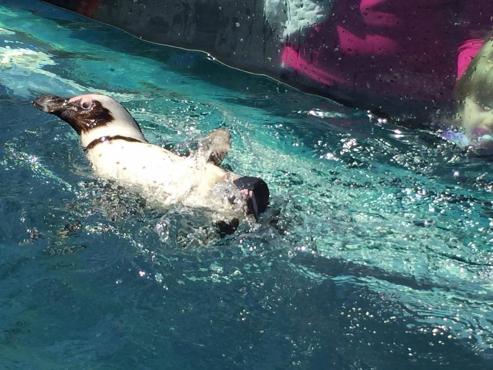
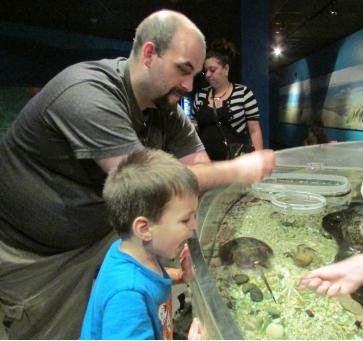
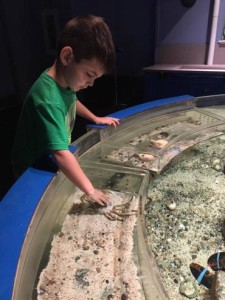
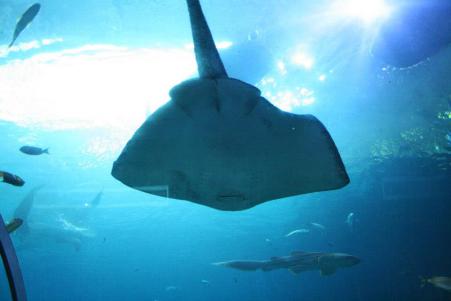
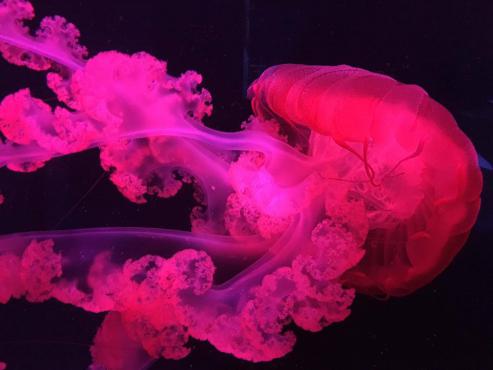
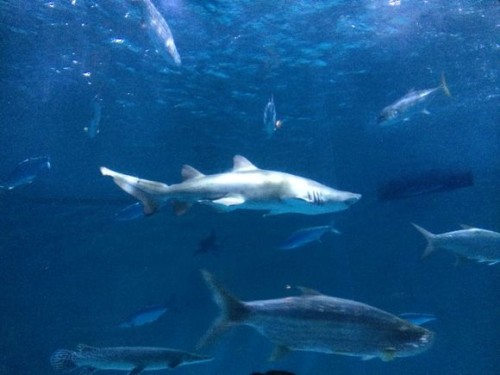

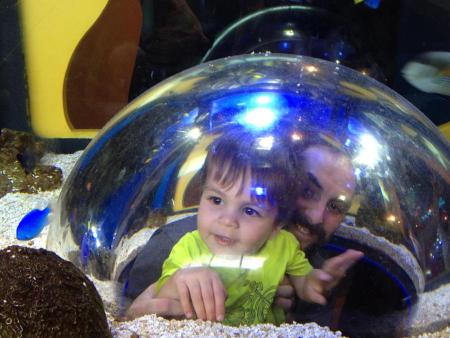
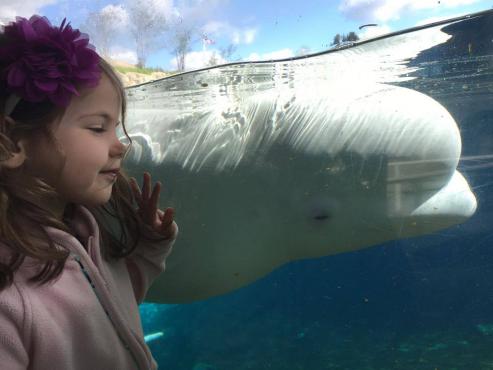
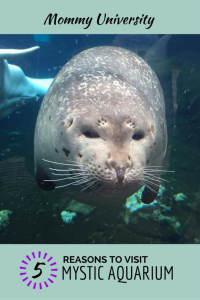

My kids are fascinated by sea life. It is a pity that we stay 12 hours away from the sea but they do get time to visit the aquarium when we visit my parents.
That’s a good point that aquarium displays engage visual learners, while lectures engage auditory learners. I know my little girl doesn’t like to sit still so maybe having a more engaging environment will be useful to her. I’ll have to see what aquariums are near me.
I have been looking for more educational opportunities for my 3 kids, so I appreciate this information. It’s interesting how you point out that many aquariums have “touch tanks” which allow them to actually touch the fish. Like you said, this tactile feedback helps children learn a lot. We’ll have to look for an aquarium near us to visit!